BY PATRICIA NEWMAN
Many of the teachers I speak with are not finding the info-licious new nonfiction by a diverse array of authors about a huge array of topics being published today. Enriching teachers’ knowledge of nonfiction would support the current emphasis on informational reading and writing in state ELA curriculum standards and help teach content area curriculum in science, math, and social studies. More importantly, a knowledge of nonfiction would honor the growing body of research which indicates that the younger the child, the greater their preference for nonfiction.
Research into kids’ reading habits
For example, when kindergarten teacher Marlene Correia tracked her students’ library check-outs for three and one-half months, she discovered that they selected significantly more nonfiction than fiction. Researcher Katherine A. J. Mohr found that more than 80% of first graders chose to read NF. Another study shared on NPR found that children ages four to seven were “significantly more likely to prefer fact over fiction” and for some of these children, true texts are the gateway to literacy (Caswell & Duke, 1998; Hynes, 2000). A three-year study published in Teacher Librarian concluded that more than 40% of students in grades one to six opted for NF books when reading for pleasure. And a recent Australian study of 7- and 8-year-olds recently found that 55% of girls and 51% of boy like reading nonfiction “a lot.” As Heather Simpson, the Chief Program Officer of Room to Read notes, “Children want their nonfiction books, adults may be their barriers.”
Kids love NF!
Today’s nonfiction has grown and evolved from the traditional “all about books” we read as kids. The NF published now delights as it informs, and the abundance and range of titles is breathtaking.
The NCTE’s new position statement on the Role of Nonfiction Literature (K-12) states “Contemporary nonfiction for young people plays a crucial role in the reading and writing lives of K–12 students. It is a rich and compelling genre that supports students’ development as critically, visually, and informationally literate 21st-century thinkers and creators… Today’s nonfiction literature offers readers a richer and more diverse range of topics, authors’ and illustrators’ notes that help readers to understand the source material and creative processes behind the book, captivating page turns, and beautifully designed formats that build a multimodal experience that is both informative and compelling (Gill, 2009; Isaacs, 2011). Reading nonfiction is not simply about taking in information. It is a deeply enriching aesthetic experience.”


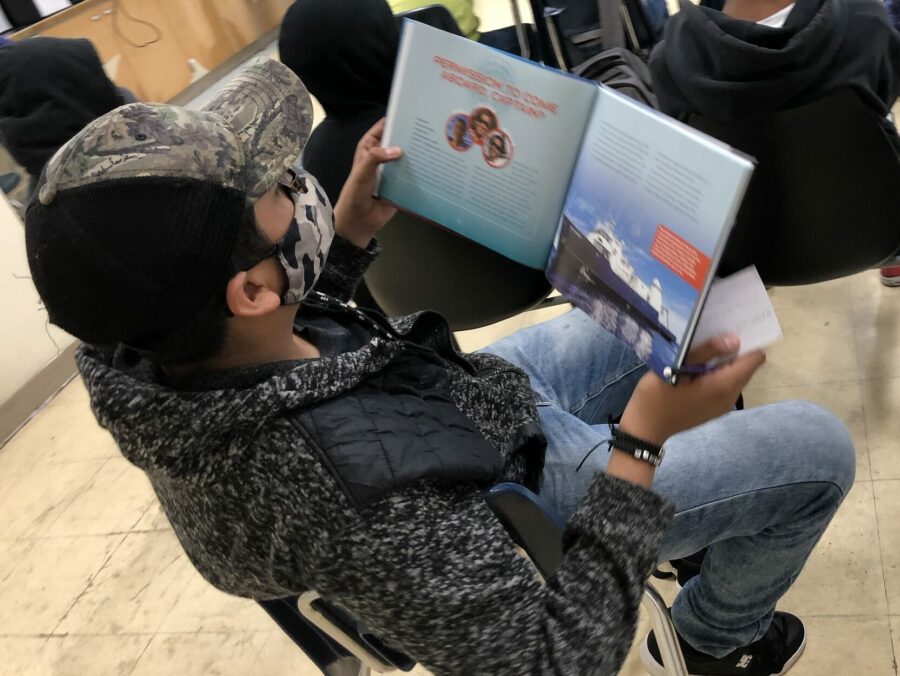

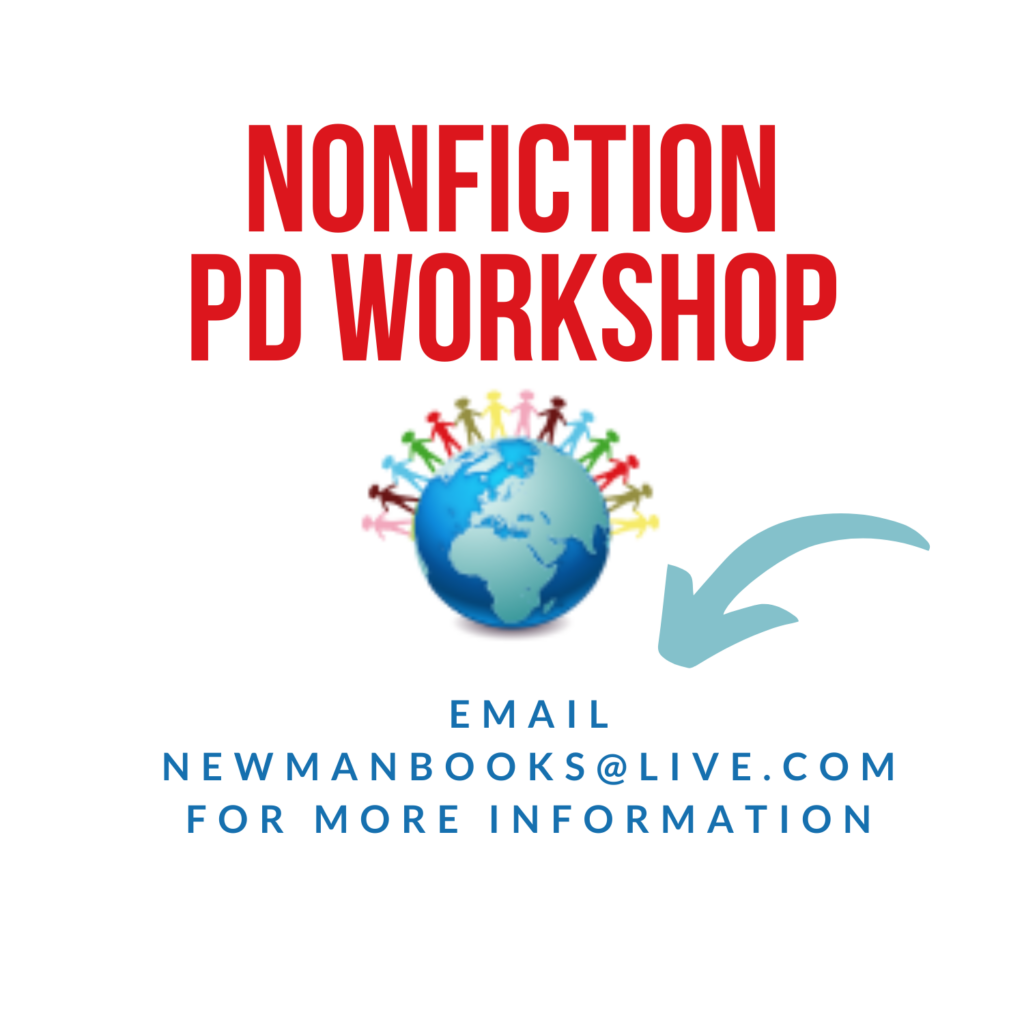
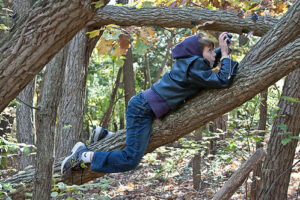
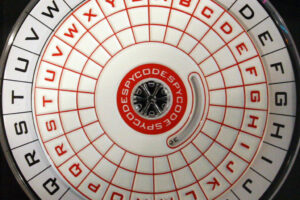
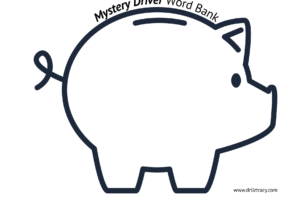


Leave a Reply
Your email is safe with me.